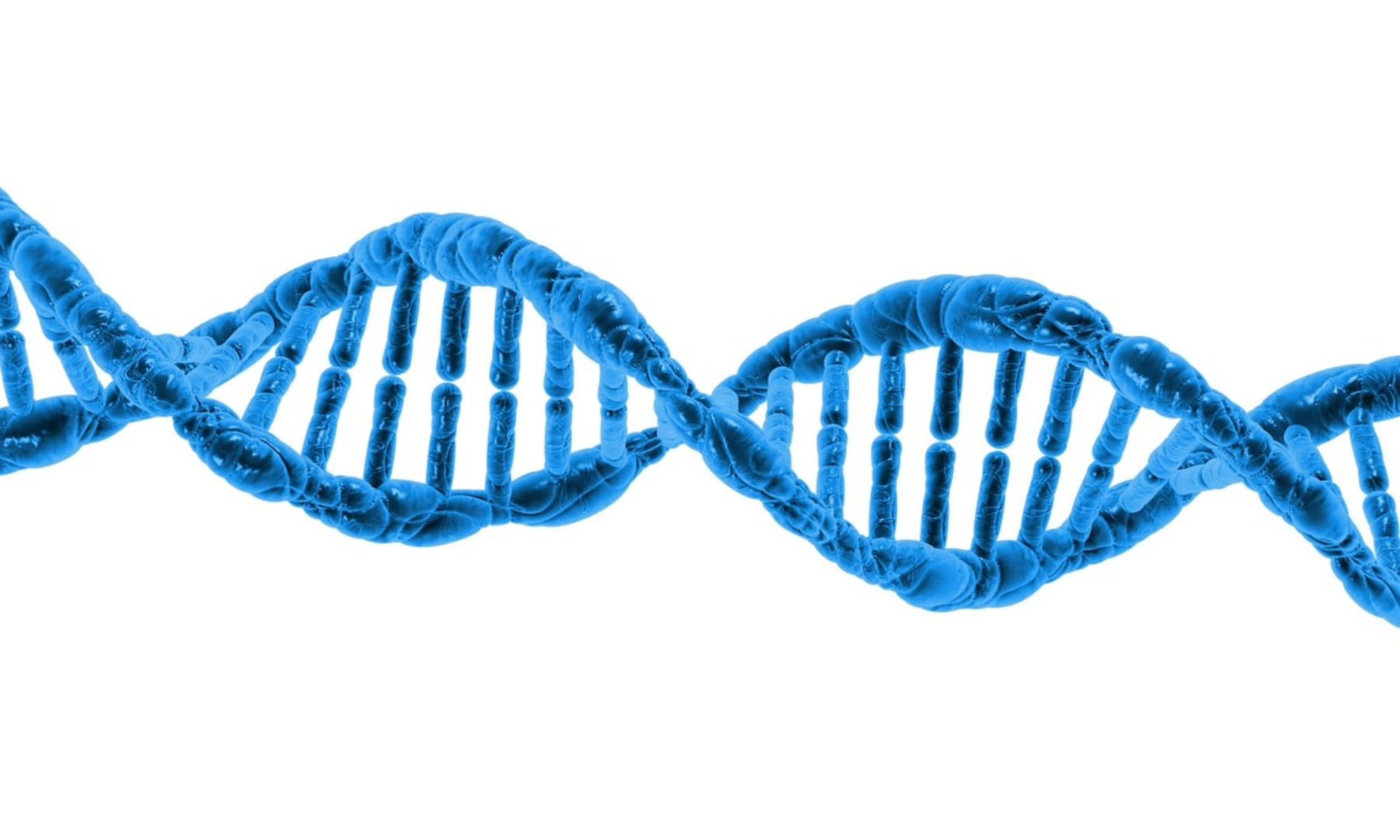Photobiomodulation is at the forefront of exciting discoveries for treating Alzheimer’s disease. The term itself is a mouthful to be sure. It was formerly called low level laser therapy. In the video below I provide a demonstration of one of the early photobiomodulation Vielight devices. This helps clear the mystery about how photobiomodulation light therapy is delivered to the brain with a helmet type device and a nasal applicator.
Vielight photobiomodulation devices are featured in the most published research in the research field of brain photobiomodulation. Below are listed abstracts from published studies.
Photobiomodul Photomed Laser Surg. 2019 Mar;37(3):133-141. Effects of Home Photobiomodulation Treatments on Cognitive and Behavioral Function, Cerebral Perfusion, and Resting-State Functional Connectivity in Patients with Dementia: A Pilot Trial
Abstract
Objective: To examine the effects of transcranial and intranasal photobiomodulation therapy, administered at home, in patients with dementia.
Background: This study sought to replicate and build upon a previously published case series report describing improved cognitive function in five patients with mild-to-moderate dementia after 12 weeks of transcranial and intranasal near-infrared (NIR) photobiomodulation therapy.
Materials and methods: Eight participants (mean age: 79.8 ± 5.8 years old) diagnosed with dementia by their physicians were randomized to 12 weeks of usual care (UC, n = 4) or home photobiomodulation treatments (n = 4). The NIR photobiomodulation treatments were administered by a study partner at home three times per week with the Vielight Neuro Gamma device. The participants were assessed with the Alzheimer’s Disease Assessment Scale-cognitive (ADAS-cog) subscale and the Neuropsychiatric Inventory (NPI) at baseline and 6 and 12 weeks, and with arterial spin-labeled perfusion magnetic resonance imaging (MRI) and resting-state functional MRI at baseline and 12 weeks.
Results: At baseline, the UC and photobiomodulation groups did not differ demographically or clinically. However, after 12 weeks, there were improvements in ADAS-cog (group × time interaction: F1,6 = 16.35, p = 0.007) and NPI (group × time interaction: F1,6 = 7.52, p = 0.03), increased cerebral perfusion (group × time interaction: F1,6 = 8.46, p < 0.03), and increased connectivity between the posterior cingulate cortex and lateral parietal nodes within the default-mode network in the photobiomodulation group.
Conclusions: Because photobiomodulation was well tolerated and associated with no adverse side effects, these results support the potential of photobiomodulation therapy as a viable home treatment for individuals with dementia.
*******************
Photomed Laser Surg. 2017 Aug;35(8):432-441. Significant Improvement in Cognition in Mild to Moderately Severe Dementia Cases Treated with Transcranial Plus Intranasal Photobiomodulation: Case Series Report.
Abstract
Objective: This study investigated whether patients with mild to moderately severe dementia or possible Alzheimer’s disease with Mini-Mental State Exam (MMSE) Baseline scores of 10-24 would improve when treated with near-infrared photobiomodulation therapy.
Background: Animal studies have presented the potential of photobiomodulation for Alzheimer’s disease. Dysregulation of the brain’s default mode network (DMN) has been associated with Alzheimer’s disease, presenting the DMN as an identifiable target for photobiomodulation.
Materials and methods: The study used 810 nm, 10 Hz pulsed, light-emitting diode devices combining transcranial plus intranasal photobiomodulation to treat the cortical nodes of the DMN (bilateral mesial prefrontal cortex, precuneus/posterior cingulate cortex, angular gyrus, and hippocampus). Five patients with mild to moderately severe cognitive impairment were entered into 12 weeks of active treatment as well as a follow-up no-treatment, 4-week period. Patients were assessed with the MMSE and Alzheimer’s Disease Assessment Scale (ADAS-cog) tests. The protocol involved weekly, in-clinic use of a transcranial-intranasal photobiomodulation device; and daily at-home use of an intranasal-only device.
Results: There was significant improvement after 12 weeks of photobiomodulation (MMSE, p < 0.003; ADAS-cog, p < 0.023). Increased function, better sleep, fewer angry outbursts, less anxiety, and wandering were reported post-photobiomodulation. There were no negative side effects. Precipitous declines were observed during the follow-up no-treatment, 4-week period. This is the first completed photobiomodulation case series to report significant, cognitive improvement in mild to moderately severe dementia and possible Alzheimer’s cases.
Conclusions: Photobiomodulation shows potential for home treatment of patients with dementia and Alzheimer’s disease.
****************
Front Neurol. 2024 Aug 23:15:1407785. Modifying Alzheimer’s disease pathophysiology with photobiomodulation: model, evidence, and future with EEG-guided intervention
Abstract
This manuscript outlines a model of Alzheimer’s Disease pathophysiology in progressive layers, from its genesis to the development of biomarkers and then to symptom expression. Genetic predispositions are the major factor that leads to mitochondrial dysfunction and subsequent amyloid and tau protein accumulation, which have been identified as hallmarks of Alzheimer’s Disease.
Extending beyond these accumulations, we explore a broader spectrum of pathophysiological aspects, including the blood-brain barrier, blood flow, vascular health, gut-brain microbiodata, glymphatic flow, metabolic syndrome, energy deficit, oxidative stress, calcium overload, inflammation, neuronal and synaptic loss, brain matter atrophy, and reduced growth factors.
Photobiomodulation , which delivers near-infrared light to selected brain regions using portable devices, is introduced as a therapeutic approach. Photobiomodulation has the potential to address each of these pathophysiological aspects, with data provided by various studies. They provide mechanistic support for largely small published clinical studies that demonstrate improvements in memory and cognition.
They inform of Photobiomodulation’s potential to treat Alzheimer’s Disease pending validation by large randomized controlled studies. The presentation of brain network and waveform changes on electroencephalography (EEG) provide the opportunity to use these data as a guide for the application of various Photobiomodulation parameters to improve outcomes. These parameters include wavelength, power density, treatment duration, LED positioning, and pulse frequency. Pulsing at specific frequencies has been found to influence the expression of waveforms and modifications of brain networks. The expression stems from the modulation of cellular and protein structures as revealed in recent studies. These findings provide an EEG-based guide for the use of artificial intelligence to personalize AD treatment through EEG data feedback.
Robert Rodgers PhD
Founder 2010
Alzheimers Recovery

